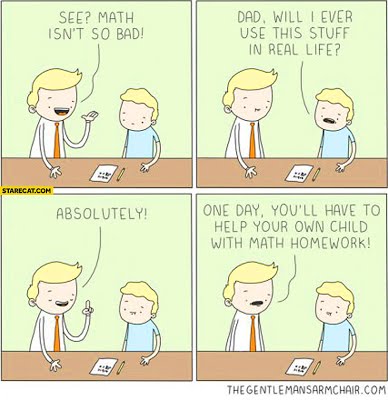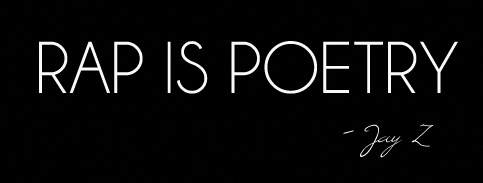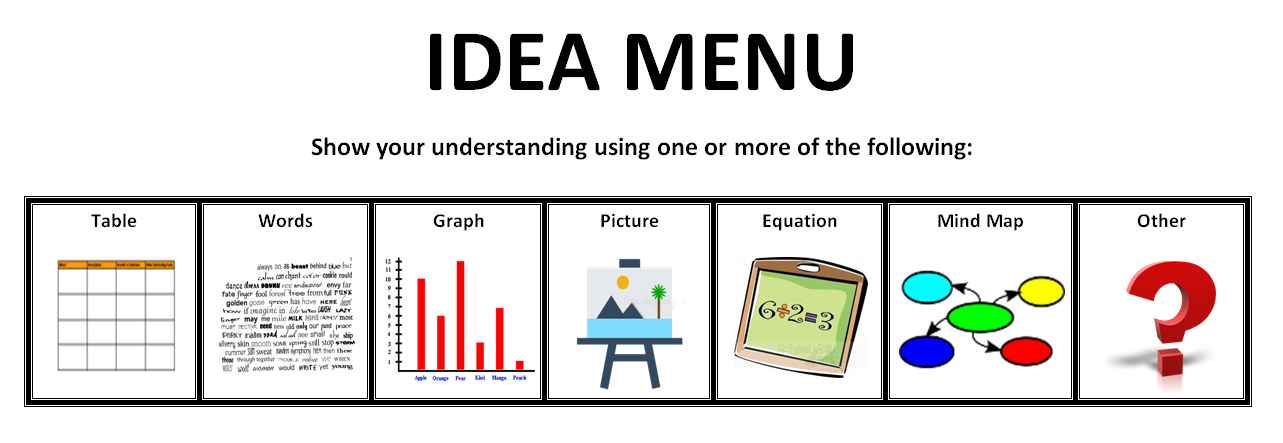Different Brains, Different Learners
Every classroom is full of students that are at different places in their learning, have varying learning styles, and display interest for different subject matter. It is for this reason that differentiation isn’t just another thing that teachers “have to do”; it is the very essence of teaching every student. Differentiation allows us to cater to a wide variation of learners, taking into account their:
- Readiness to learn
- Learning needs
- Interests

There are many ways in which we can differentiate our teaching. However, I believe more important than the content of our lesson, we must ignite an interest in our students. I can think back to a number of times in my own learning when I was so unmotivated to try harder or think deeper. The underlying cause of this was that I felt no connection to what I was learning. I could not see myself using this content in my future and nothing about it excited me.
Now, as a teacher, I think critically about how I would respond to the “when am I ever going to use this information” question. Sometimes, I have an accurate answer for the students; a way to explain to them that they will, in fact, use this learning at some point in their lives. Most times, I encourage my students to discover an answer to that question on their own. “How can we apply what we’ve learned to our own life?” “What’s the takeaway?”

While these approaches to the dreaded “when will I use this information” question may lead to further learning, I much prefer to prove how awesome the content is to my students before it gets to that point. Motivational hooks, personal connections, and modern day social media references get the students to open their minds and persist with the learning to see how it all relates. Last year, I took a poll with my students about their favourite genre of music, which ended up being rap. The next day, during our poetry unit, I had a “poem” that we all read through. The students, as I expected, were bored because it was “poetry”. It was in that moment that I blew their minds. Without explanation, I turned on a song… Which just so happened to be a rap song… Which just so happen to be the “poem” that we just read. The students were fully engaged in the poetry unit from then on, once they saw that the music they listened to every day was, at its essence, a poem. Not to mention they thought I was pretty awesome for knowing modern rap music.

In some of my readings this year, Tomlinson (2004) spoke to the power of “change” in regards to differentiation:
“Change the content, change the process, change the product, change the environment, and change the assessment. Change the content, using varied text or media; change the level of complexity to be concrete (hands-on), representational (visual), or abstract (language); change the product (performance or project); change the environment (inside/outside, lab/classroom, and so on); change the assessment (oral, written, shorter, more complex, simpler, digital or not).”
In my own teaching, I am going to put a larger emphasis on thinking critically through my lessons, contrasting my approach with the ideas that Tomlinson presented. Additionally, I have started implementing more open-ended questions in my teaching, which allow the students to achieve a level through their answer, rather than by simply being able to answer a “level 4 question”. To accompany these questions, I am going to provide an “Idea Menu” that the students can refer to.

This approach allows students to focus less on how they are going to answer the question and more on actually answering the question. This also serves as a differentiation tool by allowing students to answer the same question in a variety of ways, or just by choosing the method that the student feels most interested in.
Differentiation encourages teachers to look beyond the content and focus on the students that will be learning it.